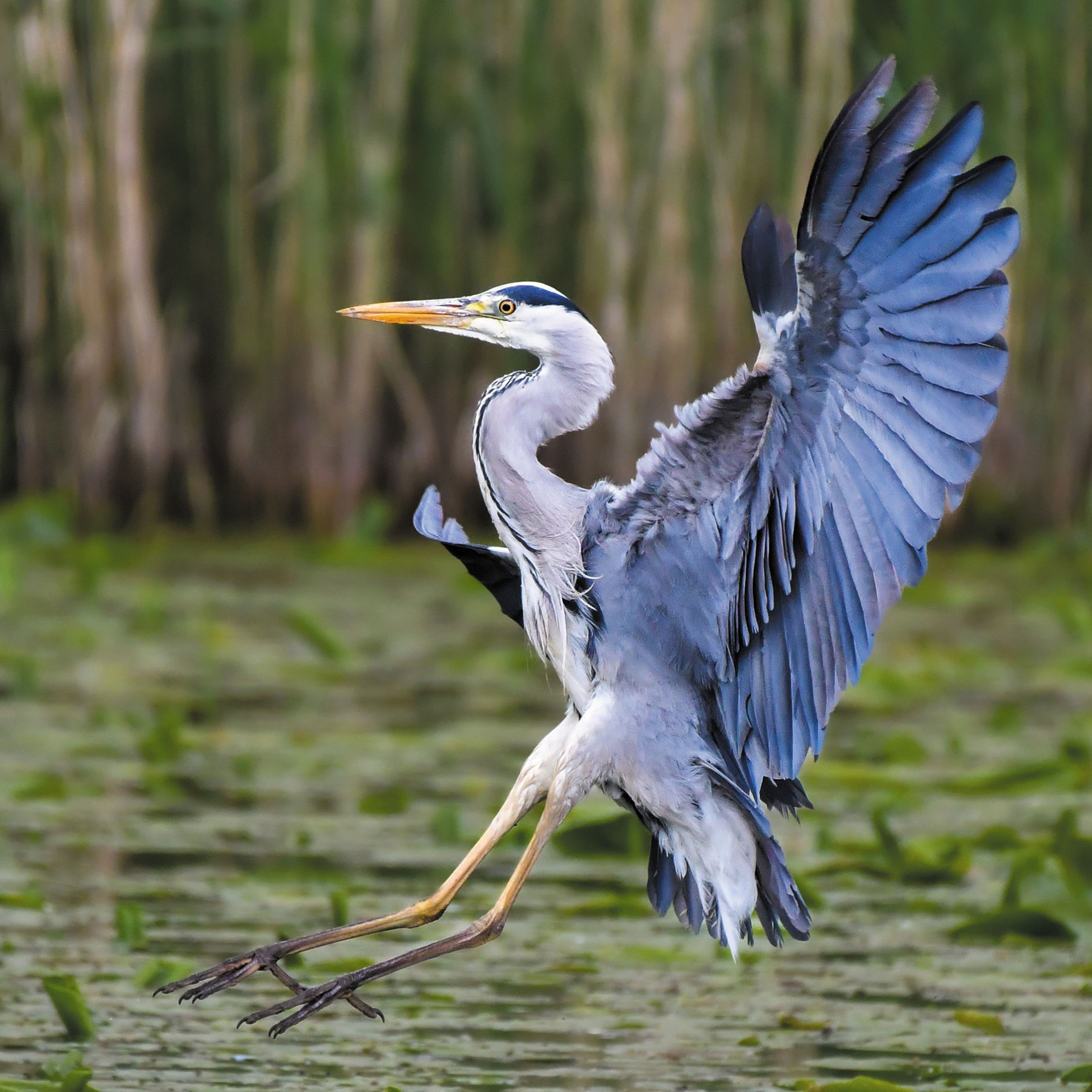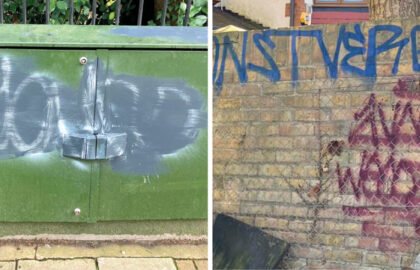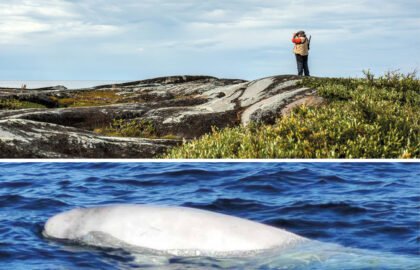In the fourth of a series of articles featuring the images of local photographers who document the wildlife of Wanstead Park and the surrounding area, Alessandro Riccarelli presents his shot of a Grey Heron
I love nature and wildlife photography is a big interest of mine. Recording wildlife is challenging; you don’t know what you’re going to see or when, or if you are going to see anything at all!
Grey Herons are a common view in our green spaces, especially in Wanstead Park where it’s fairly easy to spot a few, like this one landing on Heronry Pond, taken last year. However, due to the hot weather causing draught, some of the park’s wading birds had no choice but to move to where food supply was certain. (When I visited Heronry Pond, I noticed the very low water level and the cracks in the soil.) In particular, before mating season commences (February to June, but this may change depending on weather conditions), herons (and other species) need to make sure they have enough food to sustain themselves and their offspring; they need plenty of choice on the table!
Photographing herons is very time-consuming. Herons can stand still for a very long time, testing anyone’s patience!
Since the mating season began, I’ve also been keeping a close eye on heron activity over in Valentines Park, where there has been four nests this year. I’ve been recording some good and some not-so-good news (as always happens in the wild, and in life, for that matter). Some of the chicks made it, others were less lucky, and this is always sad to see as a wildlife photographer.
Both heron partners brood the nest, taking turns while feeding from local streams, ponds or lakes. Locally, herons have been feeding on semiaquatic organisms, such as newts, which are widely available in Valentines Park. Herons also pay visits to gardens, with man-made ponds providing more fish to bring to the nest; on one particular occasion, whilst recording a video, I saw a heron on the nest swallowing a fairly big fish that had been regurgitated by the other partner earlier!
Seeing chicks in the nest is highly satisfying; they grow fast and often they clash with each other, but what has been really interesting to see is when one of the parents returns to the nest to feed the chicks. They become stronger and more demanding, grabbing their parent’s beak to pull it down and stimulate the regurgitation of food. There’s always a weak one in the nest and the whole brood doesn’t always make it.
By now, all the juvenile herons should have fledged, making other parks or areas their home, and hopefully for raising their own chicks in the coming years. I will be taking many more photos in Wanstead Park in the coming months – every outing can be unique!
To view more of Alessandro’s wildlife photos, visit wnstd.com/riccarelli




